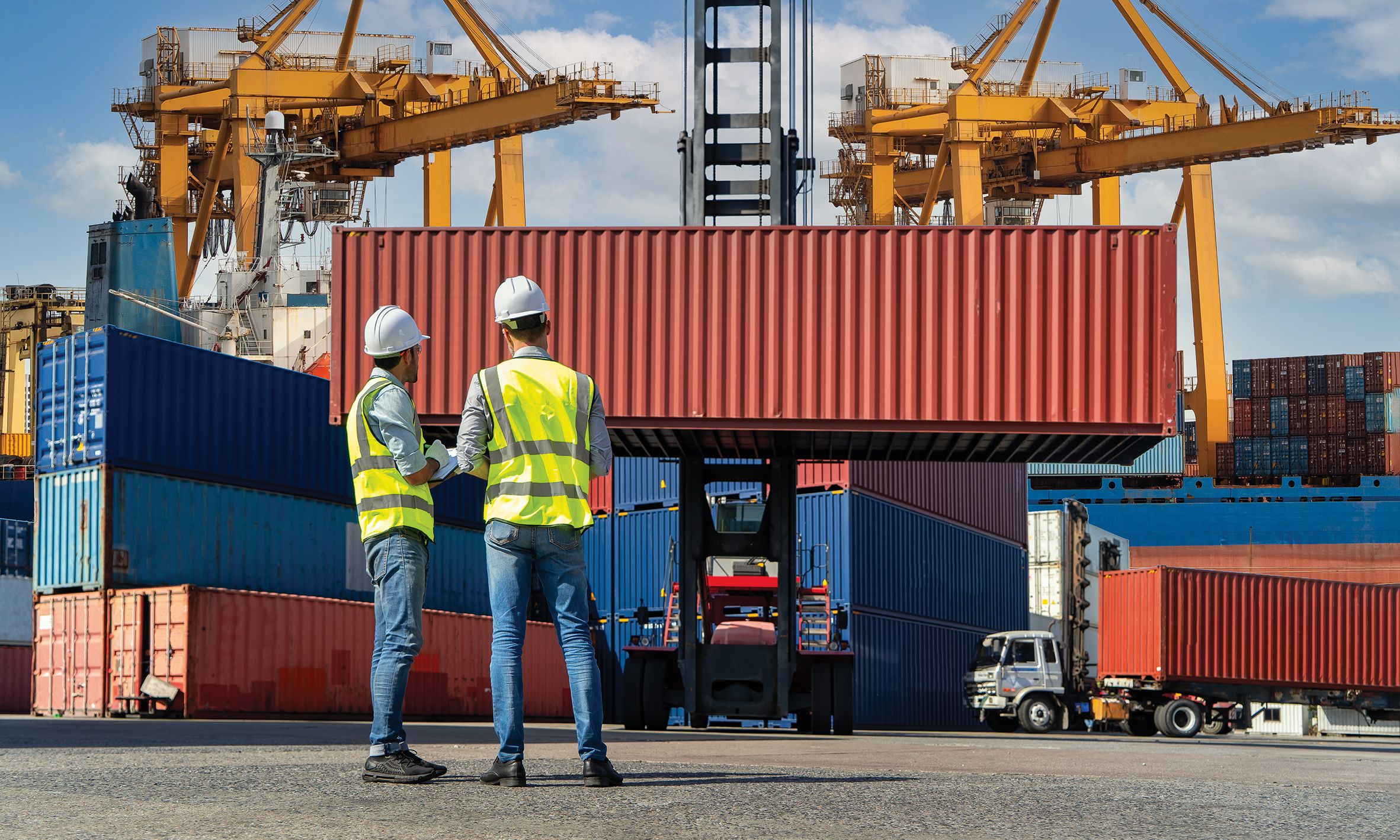Heavy burdens: increased levies on art and antiquities have aggressively restrained sales, exhibitions and cultural interchanges between the US and China Magnifier
For art to bridge cultural divides, it must first be able to move from side to side freely (or at least affordably). But around six years after the US launched a trade war with China, tariffs on art and antiquities have aggressively restrained sales, exhibitions and cultural interchanges between the two superpowers, according to art professionals in both nations.
“US collecting and/or investment (as an asset class) in contemporary Chinese works of art has slowed to a trickle—a mere fraction of what it was pre-tariffs,” says Fritz Dietl, the president and founder of art handler Dietl International. He also cites the sharp decline in stateside exhibitions of Chinese contemporary art since the duties’ implementation as discouraging evidence. “The issue goes both ways”, he adds. “US gallery participation at major art fairs in China is way down, and far fewer exhibitions of art from the US are staged in Chinese museums.”
Chinese art and antiquities originally fell under a blanket tariff of 25%, introduced in 2018 by the Trump administration across “a vast number of commodities”, says Jared Muscato, the director of commercial operations at Dietl International. Although there was “a period of time in 2019/2020 where the duty on artwork was temporarily suspended”, he adds, works of art produced in China are subject to a tariff of 7.5% today.
China has applied reciprocal levies of 5% to 20% since 2019, according to the 2023 Import/Export Service Guide of Shanghai’s West Bund Art & Design fair. Rates currently stand at 20% for paintings, sculptures, photography and installations, 16% for collages and 11% for print works by artists who are US nationals. (A spokesperson for Art021, Shanghai’s other major art fair, confirmed the medium-specific figures.) The overall costs spiral further due to China’s 13% VAT and general import duties, which can reach up to 6%, depending upon the medium of an art object.
Some Chinese dealers say China’s tariffs on American works have only been enforced in the past year or two as bilateral relations have soured, and that some workarounds still may be possible using tax-bonded freeports—an option also providing some relief in the US. China’s VAT was lowered from 16% in 2019, and other fees have been
standardised or lifted, softening the tariffs’ impact on dealers.
China and the US’s respective tariffs on art differ in their approaches, not just their amounts. West Bund’s service guide specifies that the additional taxes are assessed based on artists’ citizenship “regardless of where the artwork is shipped from. A shipment from the USA and where the artist is not of US nationality does not incur additional tax”.
The US tariff, in contrast, “is applied based on the country in which the artwork was produced, irrespective of where it’s shipping from”, Muscato says. “For example, an artwork produced in China but shipping from the UK to the US will still have the duty applied. Conversely, a UK-produced artwork shipping from China to the US will not have applicable duty.”
For works imported to the US, Muscato has never observed an “artist’s birthplace or nationality dictate the country of origin for their art, although that can be a common misconception”. For example, he says, the origin of pieces by Berlin-based artists with Chinese nationality would be “considered to be German”. He advises clients to retain all certificates of origin when relevant.
Sino-American art sales slowed from early 2020 to early 2023 largely due to China’s decision to seal its borders to foreign travellers unwilling to quarantine for extended periods. But the absence of a rebound since the mainland’s reopening to international visitors suggests the tariffs are tamping down the trade.
“Since September [2023], we only have one booked shipment to Beijing, and no imports,” says Jonathan Schwartz, the chief executive of US-based arts logistics company Atelier 4. “This is indicative of a slowdown.”
Schwartz also believes American interest in Chinese art is flagging due to political friction: “Logically, yes. Art is at times, unfortunately, subject to nationalistic feelings.”
Others in the trade agree. “Geopolitical tensions definitely impact the appeal of Chinese contemporary art in the US,” says Craig Yee, the founding director of the Beijing and New York gallery Ink Studio. “The tariffs make it financially unfeasible for us to mount commercial shows in the US of artwork created in China.”
The burden has weighed heavier recently, says Mathieu Borysevicz, the founder of the Shanghai-based gallery Bank. “Chinese-origin artworks haven’t been a major type of artwork in the US, so it’s hard to observe their overall appeal. Inversely, though, the art scene in China is shaped by the cultural policy to a large extent.”
“The tariffs have had a serious impact on the trade of Chinese works of art, antiques and antiquities with the United States,” says Dietl, adding that the situation “was made even worse by the pandemic that followed shortly after” their introduction. Even with the rate reduced to 7.5% from a peak of 25%, “it is still a high financial burden when you consider the value of many works of art”, Dietl says. Compared with the effect of the tariffs on mass-produced consumer goods from China, “the impact on the art market is severe”, he adds.
The harm also transcends the bottom line. “The entire cultural exchange between the two biggest economies and, one may say, the most important and influential countries in the world has come to a complete standstill—from art to student exchanges and beyond,” Dietl says. “This is not a question of appeal. It is a question of access. If we can’t see Chinese works, and China can’t see and access our cultural contributions, then a lot of understanding is lost. It will take time to rebuild from that.”

